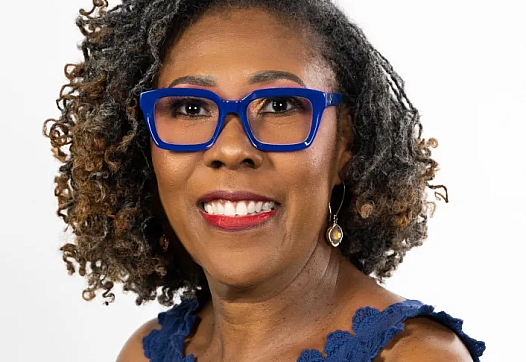County, Local Initiatives Address Black Imbalance In Sac Child Welfare System
The story was originally published by the Observer with support from our 2025 Child Welfare Impact Reporting Fund.
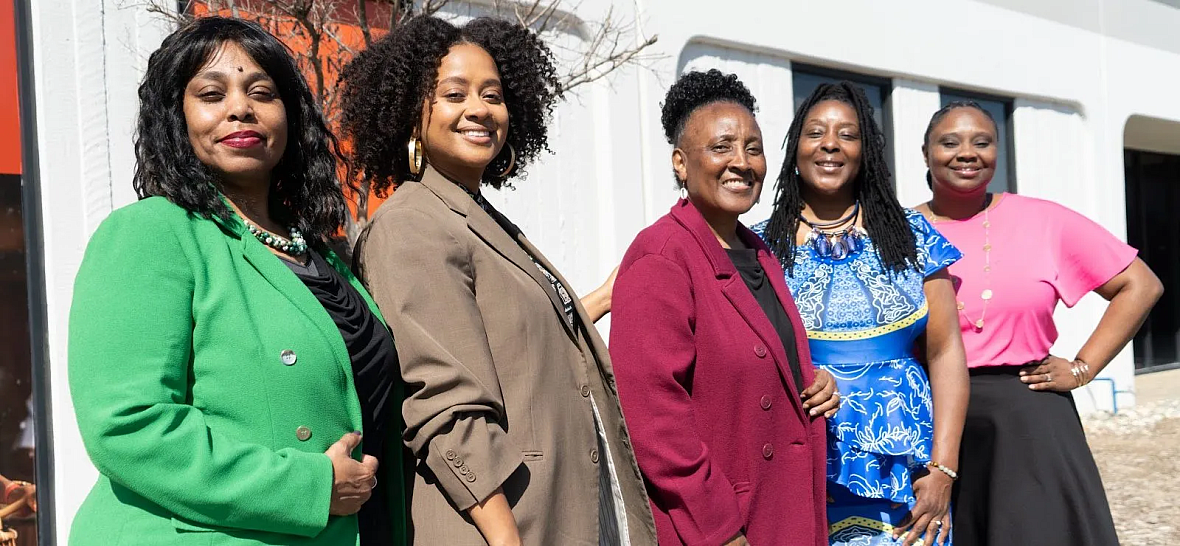
A number of Black women are leading the charge for change within the local child welfare system. From left to right are Kim Pearson, Jedida Gomes, Jackie Rose, Yolanda Stevenson, and Tiffany Glass.
Roberta Alvarado, OBSERVER
Sacramento County is reporting a substantial decrease in the number of children in foster care, particularly among Black youth, doubling down on efforts to build community trust and address systemic disparities within its Child Protective Services (CPS) system.
According to Kim Pearson, a division manager in the Department of Child, Family, and Adult Services (DCFAS), the county has reduced its overall foster care population by 26.5% over the last five years. Notably, there has been a 31.5% reduction in Black children in foster care during this same period. In 2020, there were 422 Black children ages 0-17 in care, compared to 289 in February 2025.
“We believe that families should stay intact. We do not want to see any child come into foster care, period,” Pearson says. “If they do have to come into foster care because of safety concerns or issues that can’t be mitigated – and we will try everything upfront to prevent a child from coming into care – then we want to see that child go with relatives so that they are placed within their own biological family.”
Despite these reductions, Pearson acknowledges Black children remain overrepresented within the system. In 2020, Black children made up 33.8% of the foster care population.
Community support programs have been critical in reducing the number of area Black children in foster care. Key initiatives like the Cultural Broker program and the Black Child Legacy Campaign (BCLC) have been at the forefront.
The cultural broker model was created by retired Fresno County social worker Margaret Jackson in the early 2000s. The program contracts with community-based agencies to provide cultural brokers who work with Black families navigating the child welfare system. These brokers act as liaisons between families and social workers, helping to build trust and understanding. Pearson brought the program to Sacramento in 2017 and it is managed locally by Tiffany Glass.
Game Changers
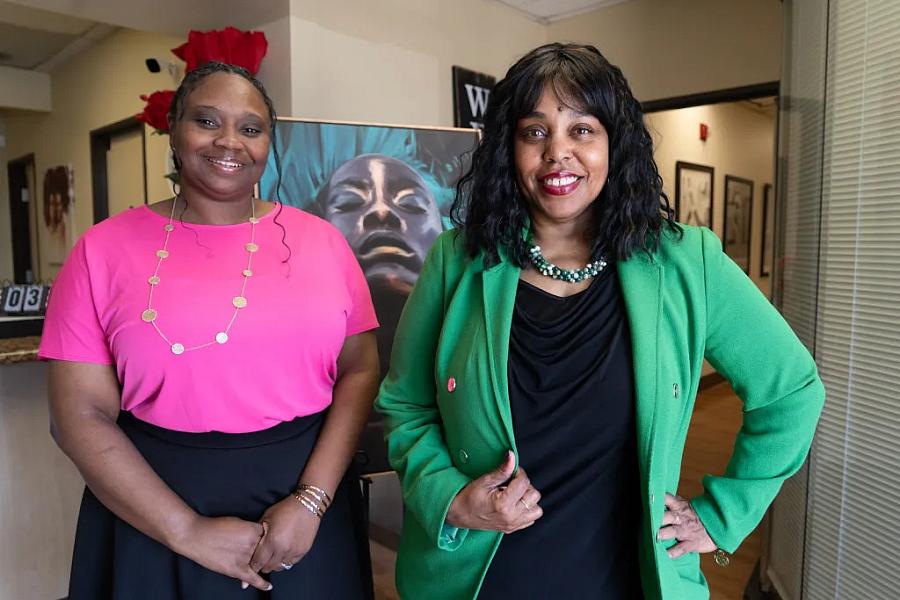
Tiffany Glass, left, and Kim Pearson, work for the Department of Child, Family, and Adult Services. Glass, a Human Services Program Planner, is proud to “stand as a Black woman helping and supporting our families in reunification.” Pearson, a division manager who has been with the department for 26 years, says, “No system is perfect,” but stands by a commitment to address disparities. Roberta Alvarado, OBSERVERTiffany Glass, left, and Kim Pearson, work for the Department of Child, Family, and Adult Services. Glass, a Human Services Program Planner, is proud to “stand as a Black woman helping and supporting our families in reunification.” Pearson, a division manager who has been with the department for 26 years, says, “No system is perfect,” but stands by a commitment to address disparities.
Roberta Alvarado, OBSERVER
“Cultural brokers are not county employees,” Pearson says. “They work for a community-based agency, but we fund those services that they provide, and that was important to us. We wanted to have system change and we wanted to be able to have a model that reflected that there’s cultural responsiveness, and that we would be working together with the community to help build and bridge that trust [in] our community in regards to the reduction of children coming into care.”
“We were very intentional in ensuring that the people that are doing the services are from the community that they’re serving, and they look like the community that they’re serving,” Glass says.
The Cultural Broker program has demonstrated significant success. Of 499 families served, 96% had their emergency referrals closed without child welfare court intervention, Glass says. Additionally, 46.5% of children and youth were reunified with their biological parents, and 32.5% achieved permanency through adoption or guardianship, primarily with family members.
“I’ve never seen anything like it,” says Jackie Rose, founder of the Rose Family Creative Empowerment Center (RFCEC).
Rose oversees her nonprofit’s involvement in both the Cultural Broker program and the Meadowview BCLC. While she’s located in South Sacramento, the Cultural Broker contract has the RFCEC covering Del Paso Heights, North Sacramento, Foothill Farms, and North Highlands.
“Black folks have started to change their attitude about CPS,” Rose says. “CPS in the Black community is taboo. In the Black community, CPS is thought of as, ‘Oh, you’re coming to get my kids.’ That’s not the case for this program. This program is a reunification program that brings Black families and their children back together, providing them with the necessary services for them to be successful with their children. It’s beautiful to watch.”
Establishing trust can be challenging due to historical mistrust and persistent inequities.
Yolanda Stevenson goes to bat for families as the RFCEC’s program manager and director of Social Services.
“For me, it’s about relationships,” Stevenson says. “It’s having somebody that looks like you, that you build up a trust with.”
Rose agrees.
“A lot of Black folks don’t believe that this program is basically going to assist them in getting their kids back,” she says. “If I don’t have a relationship with you, then I’m not going to come and talk to you. I’m not going to come, and you can’t offer me anything because I’m not going to believe that this system works for me, because I’m in the system, and I just don’t believe that you’re here to help me. But the cultural broker is there to build relationships, to go out there and turn every rock over that needs to be turned over in any kind of services that they might need to go to court and advocate in front of that judge.
“There are stats to show the effectiveness of what we’ve done as cultural brokers, but there’s still racism within the system, period. There are still social workers who deal with our families, unfortunately with biases, with their own racial lens,” Stevenson continues.
Real Talk
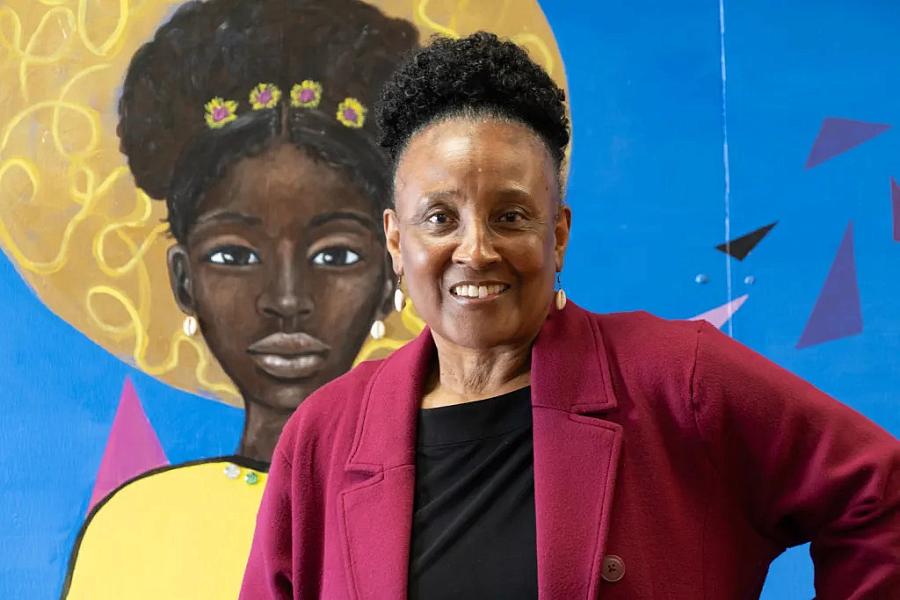
As founder of the Rose Family Creative Empowerment Center, Jackie Rose is seeing results firsthand as cultural brokers help families navigate the system and advocate for themselves and their children.
Roberta Alvarado, OBSERVER
Biases can prevent families from being offered services that others are more freely linked to. Being judgmental of Black parenting styles and even misunderstanding colloquialisms can lead to children being removed from their parents.
“If a parent tells a child, ‘I’m gonna knock the Black off of you,’ that doesn’t mean they’re actually going to do it,” Stevenson says. “A social worker will think, ‘Oh, my god. She threatened the child. She’s going to kill the child, and we need to remove this child from her.’
“Even if the mother says, ‘Hey, I was just saying that because that’s what my mama said to me and my grandmother said to her,’ for them, that’s no explanation; they will take it as a true threat and never look at the cultural aspect of why people do what they do, and then they will make a judgment about that and make the mother out to be a harm to her children. They either take them out [of the home], and if they’re babies between 0 and 5, they will be geared towards adoption quicker than they would with families of other ethnicities.”
Black families often experience extended case durations, resulting in prolonged CPS involvement and oversight.
“The reason why cultural brokers are as effective as they are is because, one, we’re able to advocate on their behalf. When we see things that are happening, we’re able to address it,” Stevenson says. “It’s really for cultural brokers to lift the parents’ voice because a lot of times they are not heard, they are not respected, and they’re not given the opportunity to voice what they feel and how they feel it without being judged or persecuted based on that information.”
A ‘Woefully Broken’ System
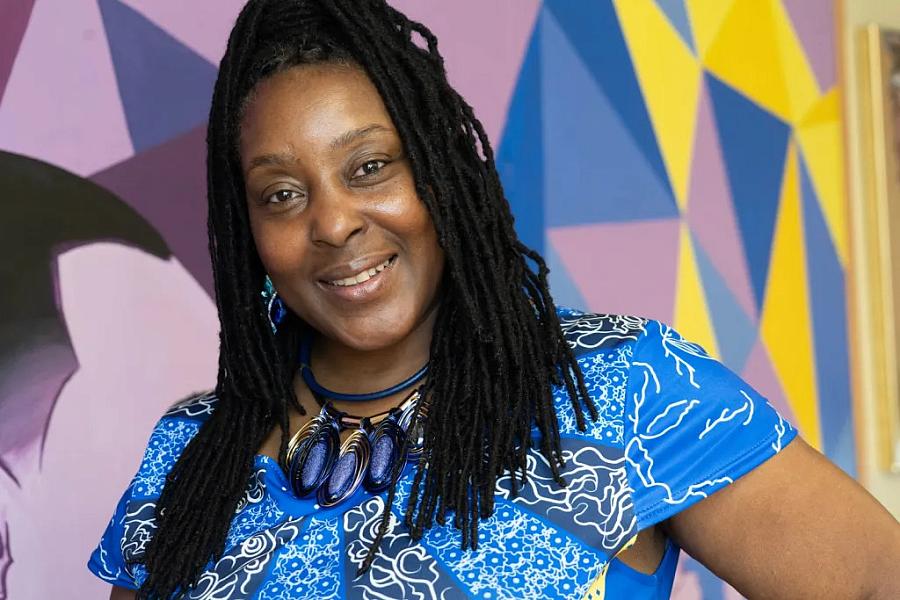
Local families credit Yolanda Stevenson’s efforts for getting their babies returned to them after they were removed by CPS.
Roberta Alvarado, OBSERVER
Local child welfare systems have come under fire in recent years. A 2023-2024 Sacramento County grand jury found the system “woefully broken” for teens. In 2023, infant twins drowned in a Roseville swimming pool after being taken from their mother and placed by CPS with a relative. Another grand jury was convened in 2008 following the beating death of 4-year-old Jahmaurae Allen, a month after Sacramento CPS workers closed the case as unfounded.
In the Black community, CPS is largely seen as an evil to be avoided at all costs. Pearson acknowledges that many view CPS as a “threat,” but says how the department is showing up in the community looks very different these days.
Sacramento County has invested $2.6 million in the Black Child Legacy Campaign, a community-driven initiative launched by the Board of Supervisors in 2013. The BCLC aimed to reduce African American child deaths by 10%-20% by 2025. It was established in response to a 2009 report highlighting a significant disparity in Black child mortality rates. The campaign targeted child abuse and neglect, perinatal conditions, sleep-related deaths, and homicides, and empowered community organizations in high-risk neighborhoods to lead the effort.
“It’s not OK that Black children are dying two times, sometimes more [often], than the rate of other ethnicities,” says Jedida Gomes, a program manager with the Sierra Health Foundation, which oversees the BCLC. “The data pointed us exactly where we needed to be.”
Early on, a blue-ribbon commission found that families did not feel comfortable, valued or seen when interacting with agencies such as CPS, the Department of Human Assistance, and probation.
“The Black Child Legacy Campaign started as a response to what can we do to begin to undo the damage that systems [and]different agencies may have incurred to a specific population,” Gomes says.
Pearson served on the blue-ribbon commission.
“We know that every jurisdiction has overrepresentation and disparities within their system, and we also know that it’s not even just limited to child welfare. It’s a juvenile justice system, it’s the adult system, it’s the school systems. We could have just landed there and said, ‘Well, that’s just the way it is,’ but that’s not who we are,” Pearson says of her agency.
Making The Connection
Experts point to the importance of providing wraparound services that link people to housing, activities for youth, and employment with living wages.
“There’s definitely a correlation,” Gomes says. “When these things are present, the numbers are going down. When engaged in services, when engaged in activities, when engaged in mentorship, when engaged in advocacy, there’s a lot less likelihood of incidents happening. And child abuse and neglect have gone down considerably. We have attacked that head-on.”
Local success has garnered regional and national attention.
“We’re getting ready to expand into an eighth neighborhood because the need is still there,” Gomes says. “As we maintain the progress that we have, the goal is to go deeper and to go wider because we know that, unfortunately, Sacramento is not the only city or county that is experiencing this reality.”
Now that the BCLC’s initial 2025 focus date has arrived, Gomes looks ahead to the next 10 years.
“Our goal is, as we go forward, to continue to do the work, to expand what we have already done, and to maintain the integrity of that,” she says. “Although we’ve decreased the level of disparity, the disparity still remains. For us as the campaign, we are not pleased, We don’t feel accomplished until, at the very least, there is no disparity. And then once that disparity is gone, our goal is that there would be no unjust systems that impact anyone.”
Pearson feels similarly.
“We should never be satisfied,” she says. “We always have to strive to do better, even when we make improvements. We’ve reduced the number of kids overall in care, and there’s also been a significant reduction of Black children in care, but we have to do more. We should never be satisfied in regards to where we’re at, and we should always be striving to move that needle for all kids, but [especially] for kids where data tells us that there are disparities. I don’t ever want to say that I’m satisfied. The day that I’m satisfied is when I need to go.”


